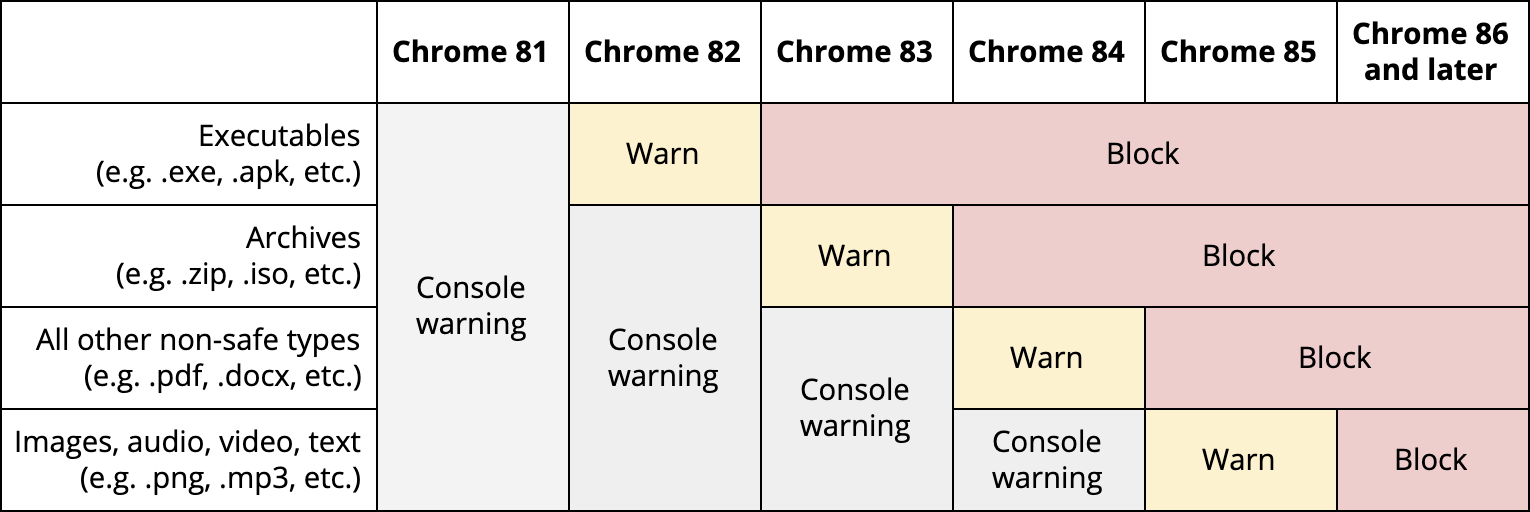It’s now long a long established fact that HTTP is insecure. For those who don’t know, your data isn’t securely encrypted when sent between your device and the website. The lack of security means cybercriminals can easily take a copy of the data that flows through the internet.
HTTPS makes sure that your data is changed into complex code when sent, this process is known as encryption.
Can HTTP:// websites still be used?
Using a website over HTTP is never advised, because this is insecure many websites simply don’t use HTTP for this reason. There’s still a few websites using plain old HTTP out there, but it you access one, Google Chrome will let you know about it with a full screen warning, like one below.
But why could this be the end of HTTP?
In Google’s new update to the Chrome browser, set to be released in April 2020, full screen warnings will be partnered with a further warning when attempting to download files from sites using HTTP. Even if the server of the asset uses HTTPS. Software downloads will get the first to be given the red card from Google.

Accessing a HTTP website isn’t going to get any easier, purposefully. By stopping the ways in which Google users can interact with insecure sites, it hopes that traffic will be deterred from the site.
Fast forward to June 2020, Google plans to completely block HTTP downloads so ensure changes are made to your own websites before then.
Google is taking steps to deter people from hosting and visiting a website that uses HTTP and this is likely to impact on how your customers use your website.
There’s no current plan from Google to completely blocklist HTTP sites, but could this be the start? Either way I think it’s positive steps towards a safer, more secure internet and we welcome the changes.


